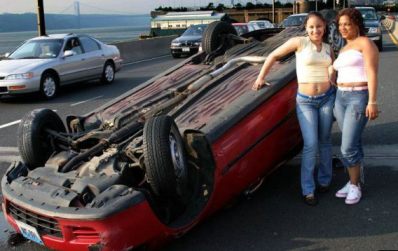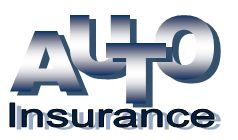Do auto insurance companies insure the same class of drivers?
Answer:
A few companies concentrate on attracting the drivers with outstanding driving records and the characteristics that statistically are correlated with low risk of accidents. These drivers are classified as preferred. Niche companies that insure primarily drivers classified as preferred, can expect to have a lower than average incidence of accidents and therefore be able to charge lower premiums.
At the other end of the classification scale, the non-standard risks are the drivers that by statistics, or through their own driving history, are at higher risk than average of having accidents.
Some companies cover a broad range of drivers. Others try to primarily insure only one segment. Some establish a fleet of companies with each company having a different underwriting goal. This allows them to insure a broad range of drivers and charge appropriate premiums for each group.
There are some drivers who do not fit into any of these groups and they cannot get insurance with any company. These are the people who must get insurance through an assigned risk program. These programs vary from state to state, but most allow drivers who cannot get insurance through voluntary acceptance by an insurance company to have access to insurance – though often at a relatively high price.
 No. The average driver with, perhaps, a few violations spread over many years and a car that is not extremely expensive or statistically at high risk of accidents would be classified as a standard risk. This is the pool of drivers that most companies insure.
No. The average driver with, perhaps, a few violations spread over many years and a car that is not extremely expensive or statistically at high risk of accidents would be classified as a standard risk. This is the pool of drivers that most companies insure.
